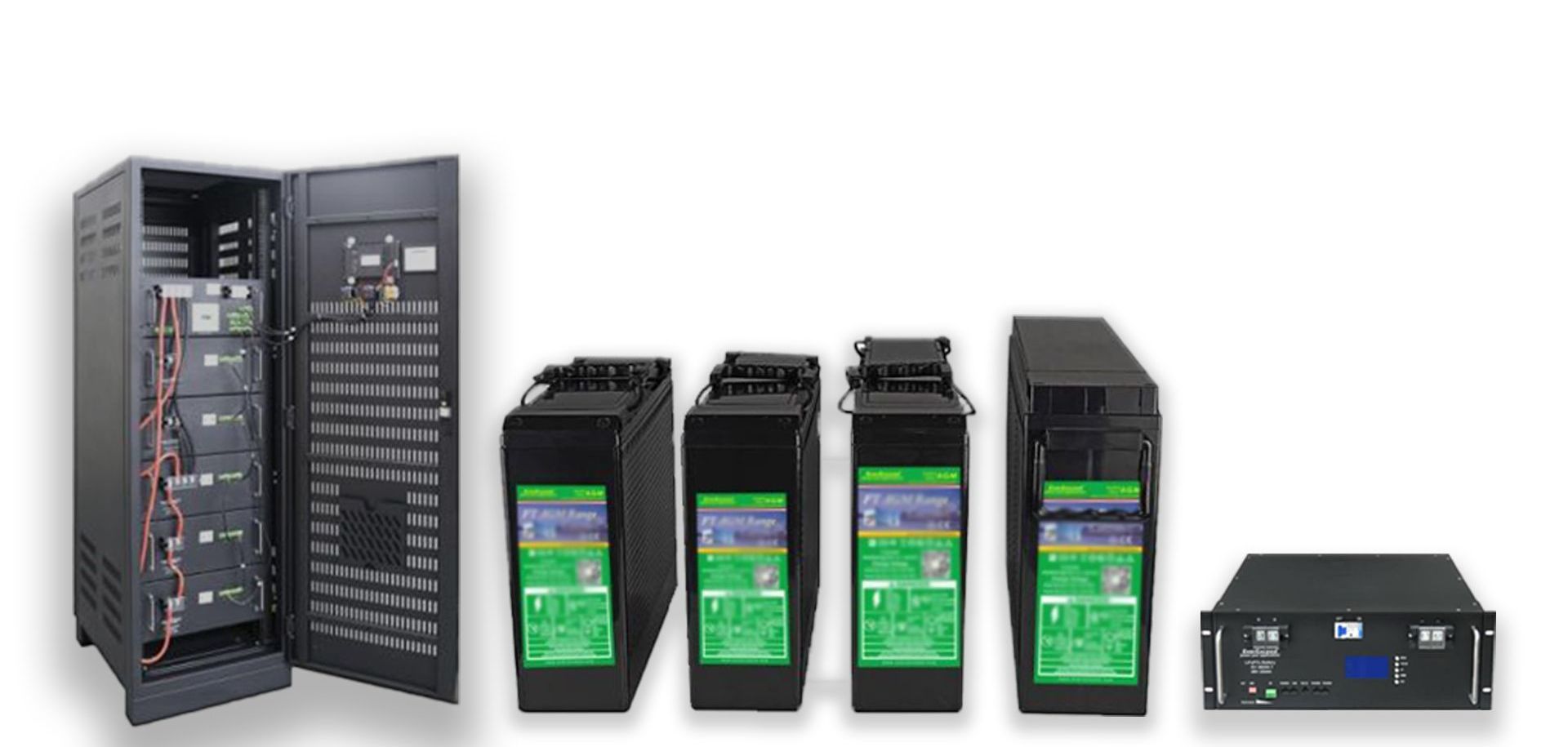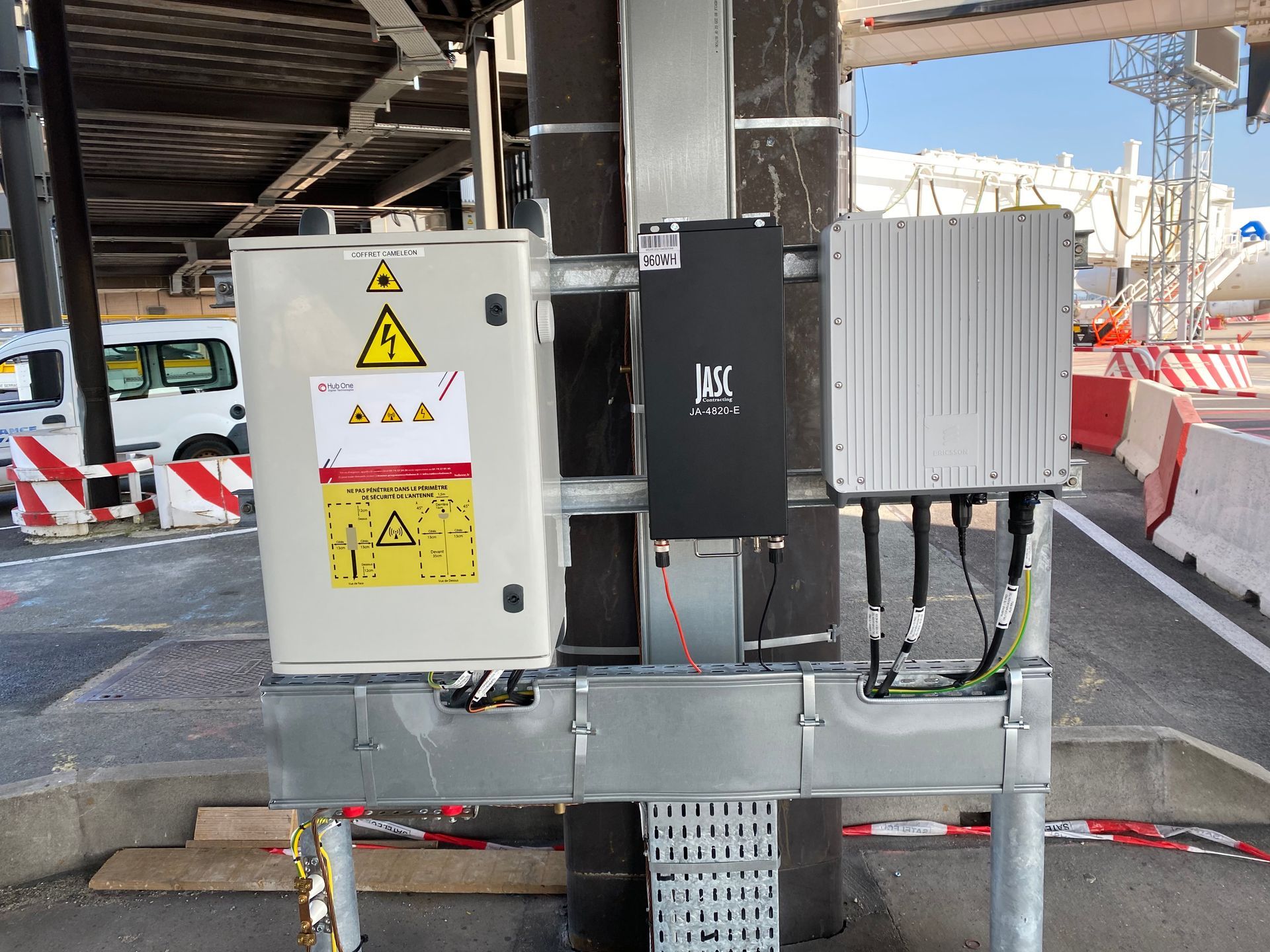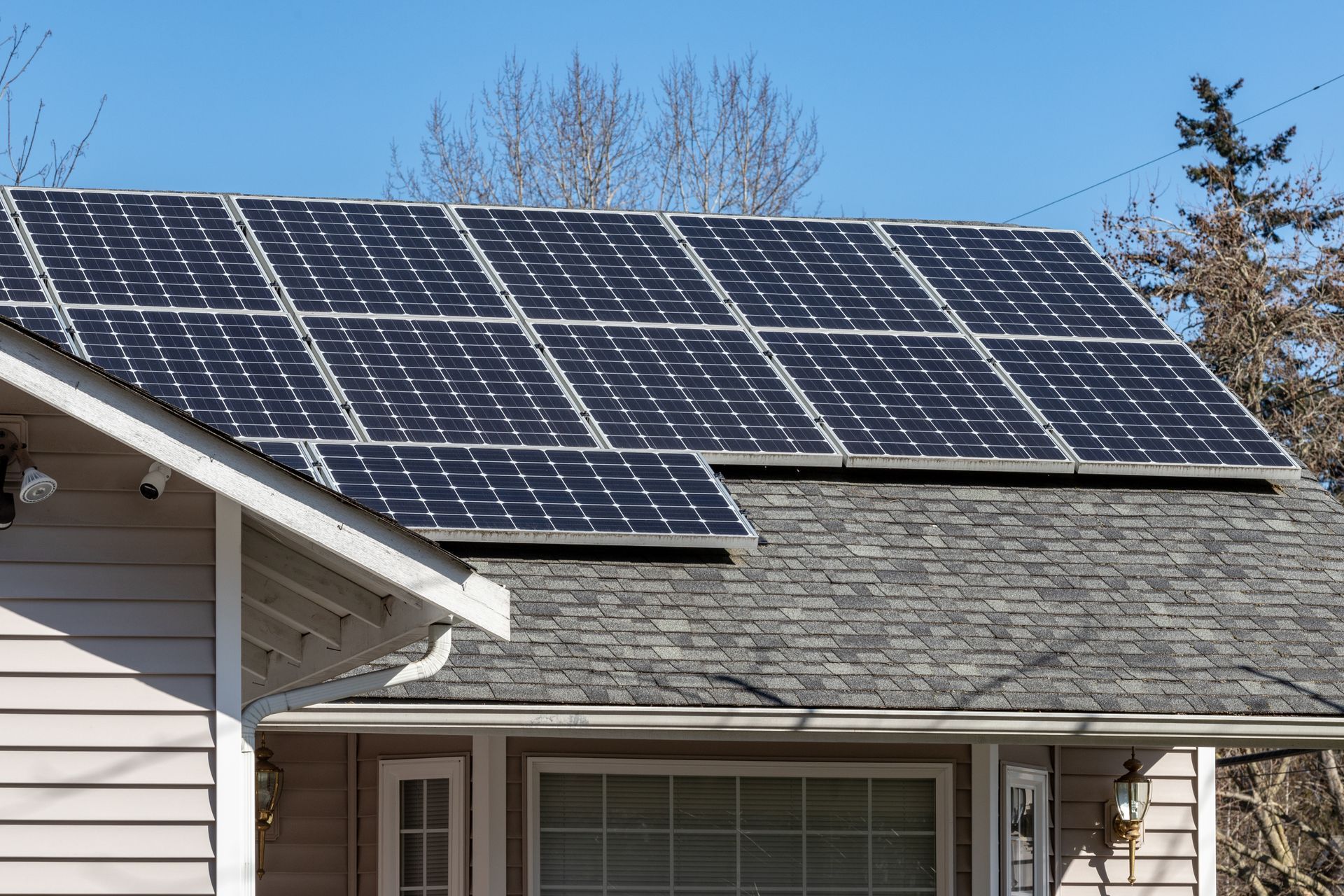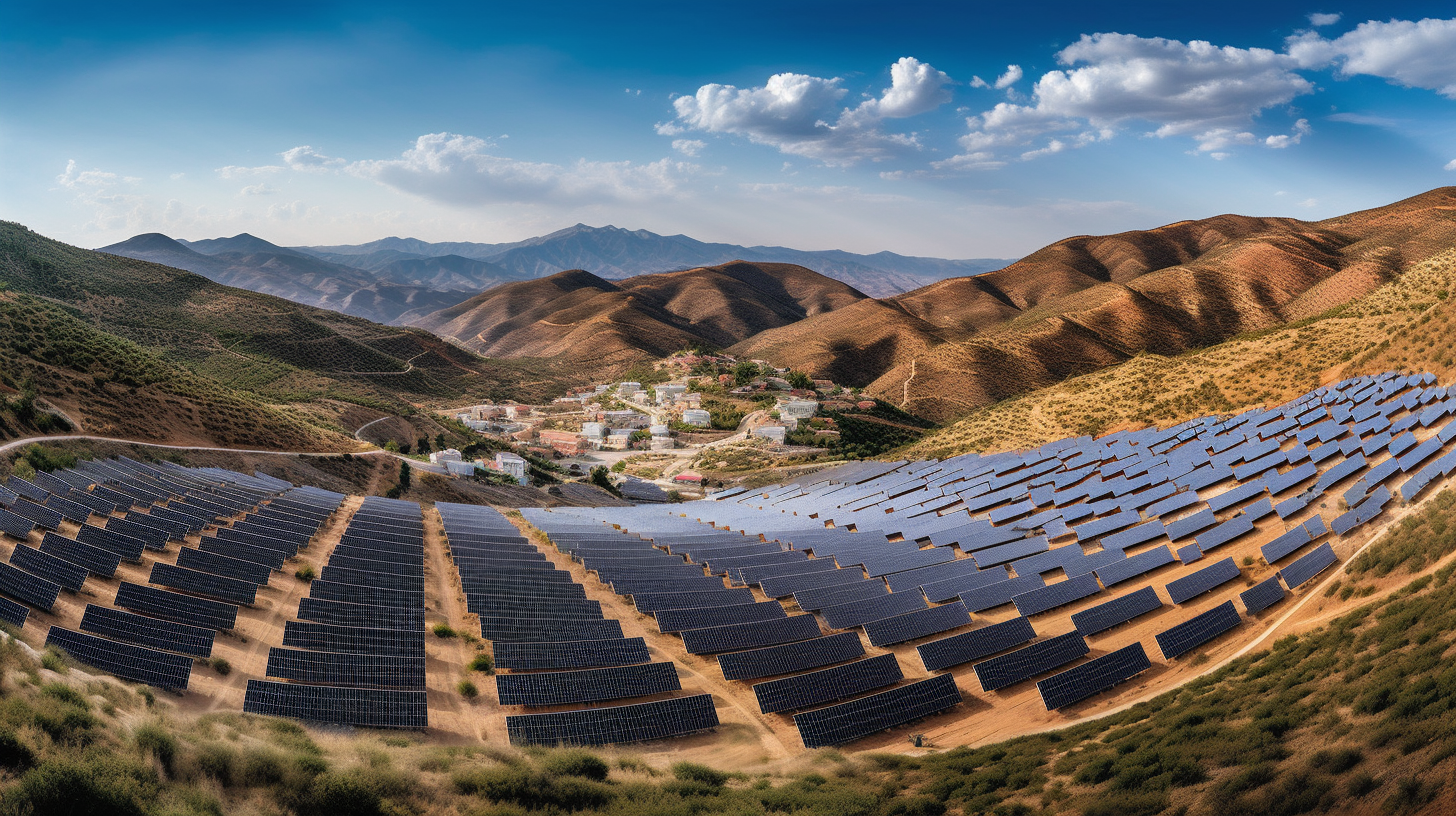TECH TRENDS
Maximizing Solar Energy:
The Key Role of Batteries
In the quest for a sustainable and cleaner future, solar energy has emerged as a frontrunner in the renewable energy revolution. Solar power offers numerous benefits, including reducing greenhouse gas emissions, lowering electricity bills, and providing a reliable energy source. However, harnessing solar energy efficiently comes with its own set of challenges. The intermittency of sunlight and the mismatch between energy production and consumption require effective energy storage solutions. This is where batteries play a crucial role in maximizing solar energy utilization.
The Rise of Solar Energy
Imagine a scenario where a power outage strikes, leaving entire regions without electricity. During such times, it is the telecom batteries that keep our communication channels open. They provide critical backup power to telecom networks, allowing us to make emergency calls, access vital information, and stay connected with our loved ones. Telecom batteries act as a lifeline during emergencies, ensuring that communication services remain operational even when the grid goes down. Moreover, they provide reliable power supply in areas with inconsistent or unreliable electricity access, enabling connectivity where it is most needed.
In recent years, solar energy has witnessed a meteoric rise in popularity. Across the globe, more and more homeowners, businesses, and even utility-scale projects are adopting solar power as a clean and sustainable alternative to traditional fossil fuels. The environmental benefits of solar energy are significant, as it reduces carbon dioxide emissions and helps combat climate change.
Moreover, solar energy can lead to substantial cost savings in the long run. Once installed, solar panels generate electricity with minimal ongoing expenses, making it an economically viable option for many. However, to fully capitalize on the potential of solar power, effective energy storage solutions are essential.
The Role of Batteries in Solar Energy Systems
The effective utilization of solar energy relies on overcoming the challenge of energy intermittency. Solar panels generate electricity only when the sun is shining, but the demand for energy fluctuates throughout the day. This is where batteries step in to bridge the gap.
Batteries serve as energy storage devices in solar energy systems, allowing excess energy generated during peak sunlight hours to be stored for use during periods of low or no sunlight. By storing surplus energy, batteries enable a continuous power supply, providing energy when needed, even after the sun has set.
Maximizing Solar Energy Efficiency with Batteries
The key to maximizing solar energy efficiency lies in effectively managing the energy generated by solar panels and stored in batteries. Homeowners and businesses can optimize their solar energy systems to make the most of this renewable energy source.
One way to do this is by using intelligent energy management systems that monitor energy production and consumption patterns. These systems can then use this data to control when to charge or discharge batteries, ensuring that energy is used most efficiently.
Another approach is to use time-of-use pricing, which incentivizes using stored energy during peak demand hours when electricity rates are higher. By discharging batteries during these times, homeowners can save on electricity costs and reduce their reliance on the grid.
Battery Technologies for Solar Energy Storage
Various battery technologies are used for storing solar energy, each with its own advantages and limitations. The most common types of batteries used in solar energy storage are lead-acid, lithium-ion, and flow batteries.
Lead-acid batteries are a mature technology and have been used for many years. They are relatively affordable, but they have a limited lifespan and lower energy density compared to newer technologies.
Lithium-ion batteries, on the other hand, are becoming increasingly popular due to their high energy density and longer lifespan. They are commonly used in electric vehicles and are now finding applications in solar energy storage as well.
Flow batteries are another promising technology for large-scale energy storage. They store energy in liquid electrolytes, which can be replaced to extend the battery's life, making them a durable option for long-term energy storage needs.
Conclusion
As the world shifts towards a more sustainable energy future, solar power continues to take center stage. However, to fully realize the potential of solar energy, efficient energy storage solutions are imperative. Batteries play a crucial role in maximizing solar energy utilization by providing a reliable and continuous power supply.
By harnessing the power of batteries, individuals, businesses, and entire communities can reduce their carbon footprint, lower electricity costs, and gain energy independence. As battery technologies continue to evolve and improve, the future looks bright for maximizing solar energy efficiency.


















